There’s something magical about experiencing pristine wilderness from the comfort of a train car, watching landscapes unfold at a pace that allows you to actually absorb the scenery instead of racing past it at highway speeds. These railway journeys take passengers through regions where roads fear to tread, offering access to remote wilderness areas that would otherwise require serious hiking boots and survival skills to reach.
From Arctic tundra to tropical rainforests, these train routes showcase the planet’s most spectacular untouched environments while providing comfortable transportation through terrain that challenges even the most adventurous travelers. Here is a list of 19 scenic railways that deliver passengers directly into the heart of wilderness areas that remain largely unchanged by human development.
Alaska Railroad
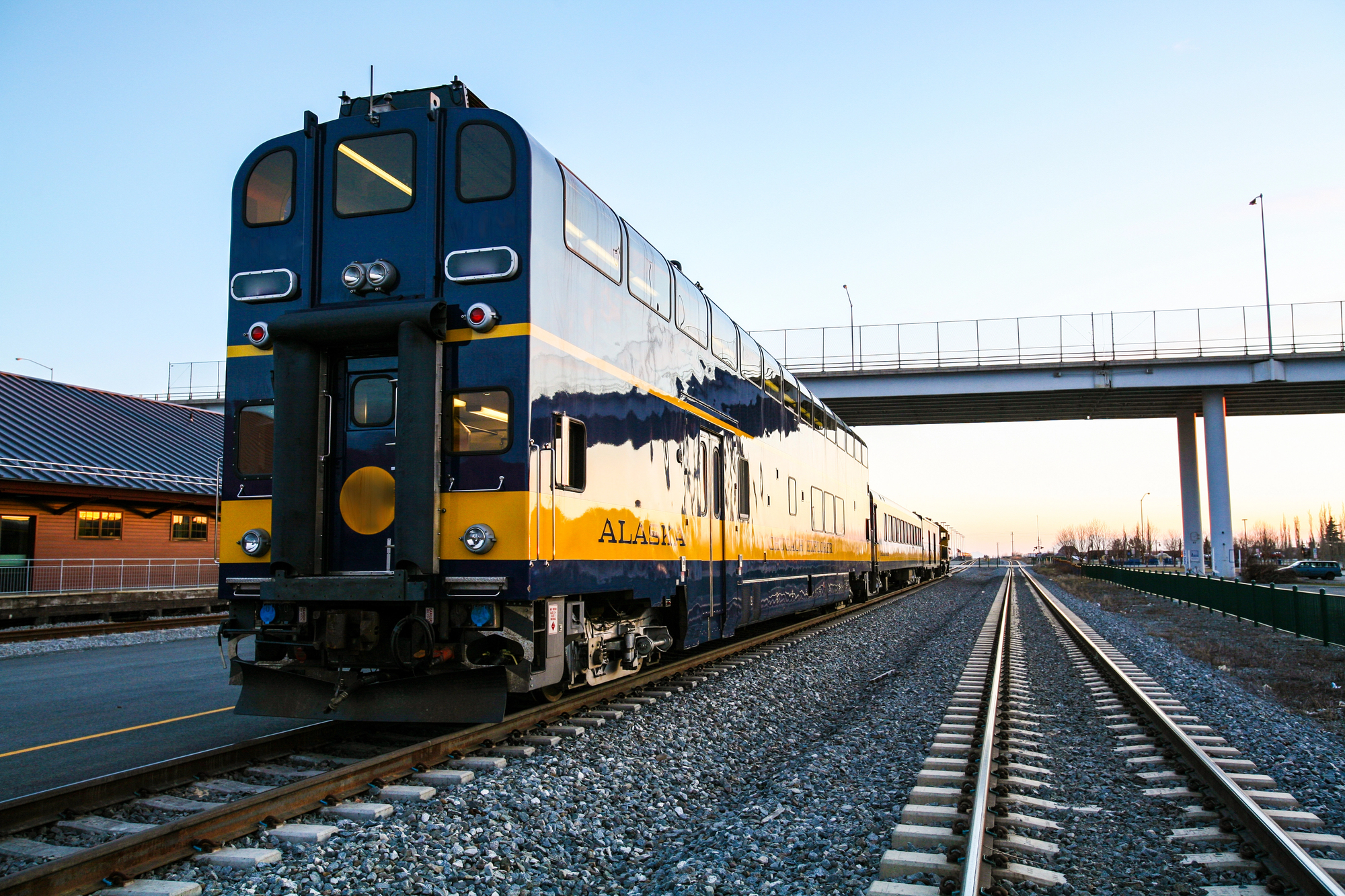
Alaska’s legendary railway connects Anchorage to Fairbanks through 470 miles of pristine wilderness where passengers routinely spot moose, bears, and caribou from their windows. The train crosses towering trestle bridges over raging rivers while threading through mountain passes that offer views of North America’s highest peaks, including Denali on clear days.
During summer months, the midnight sun creates surreal lighting conditions that transform the landscape into an endless golden panorama that draws photographers from around the world. The railway’s glass-domed observation cars provide unobstructed views of wilderness so vast and untouched that cell phone service disappears for hours at a time.
Trans-Siberian Railway
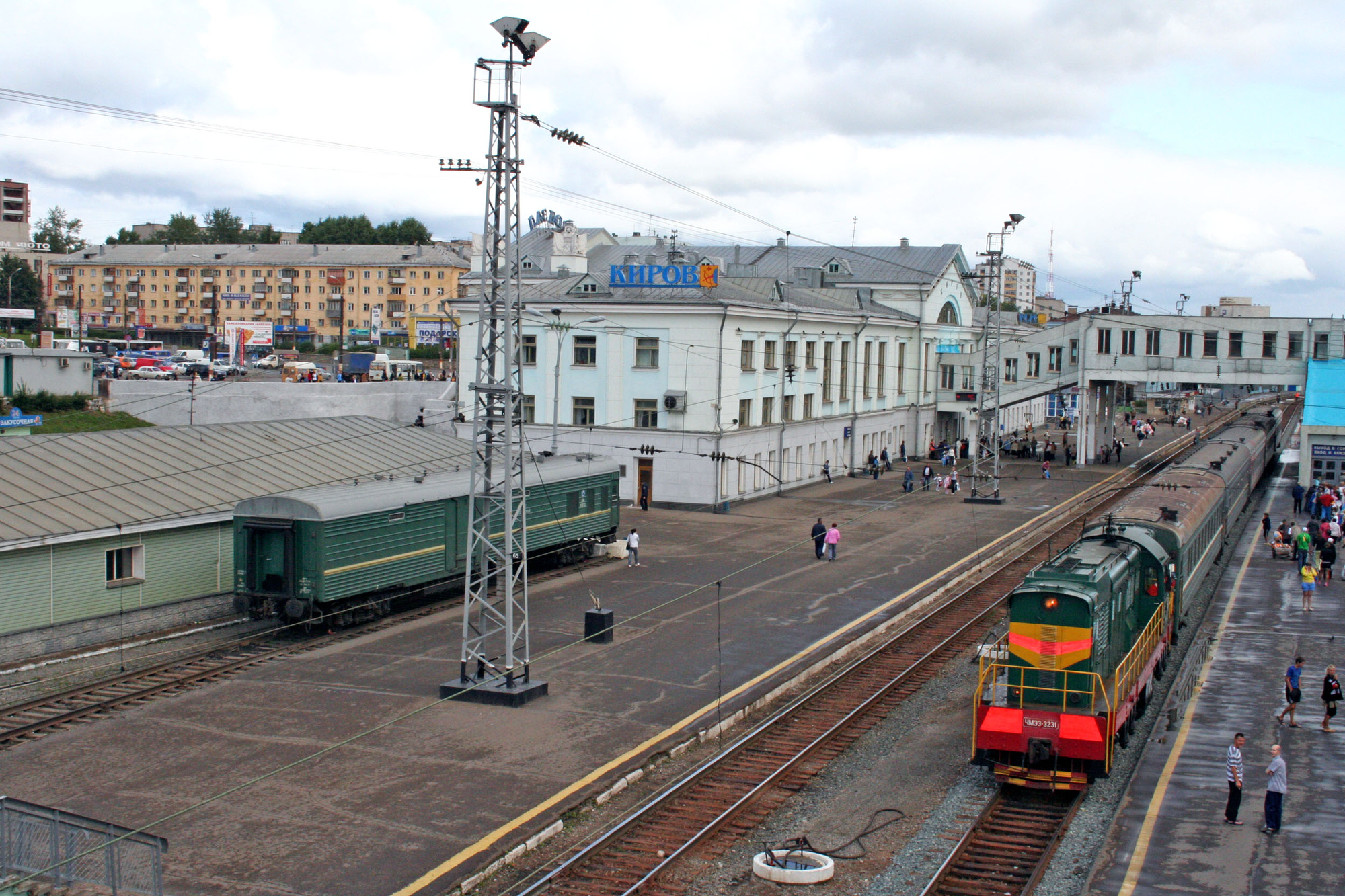
Russia’s epic 5,772-mile journey from Moscow to Vladivostok crosses eight time zones while traversing the Siberian wilderness that stretches beyond the horizon in every direction. The train rolls through endless forests of birch and pine where brown bears and wolves roam territories larger than most European countries.
Passengers witness Lake Baikal, the world’s deepest freshwater lake, surrounded by mountains that have remained virtually unchanged since the last ice age. The railway’s dining car becomes a social hub where travelers from different continents share stories while watching some of the planet’s most remote wilderness scroll past their windows.
Rocky Mountaineer
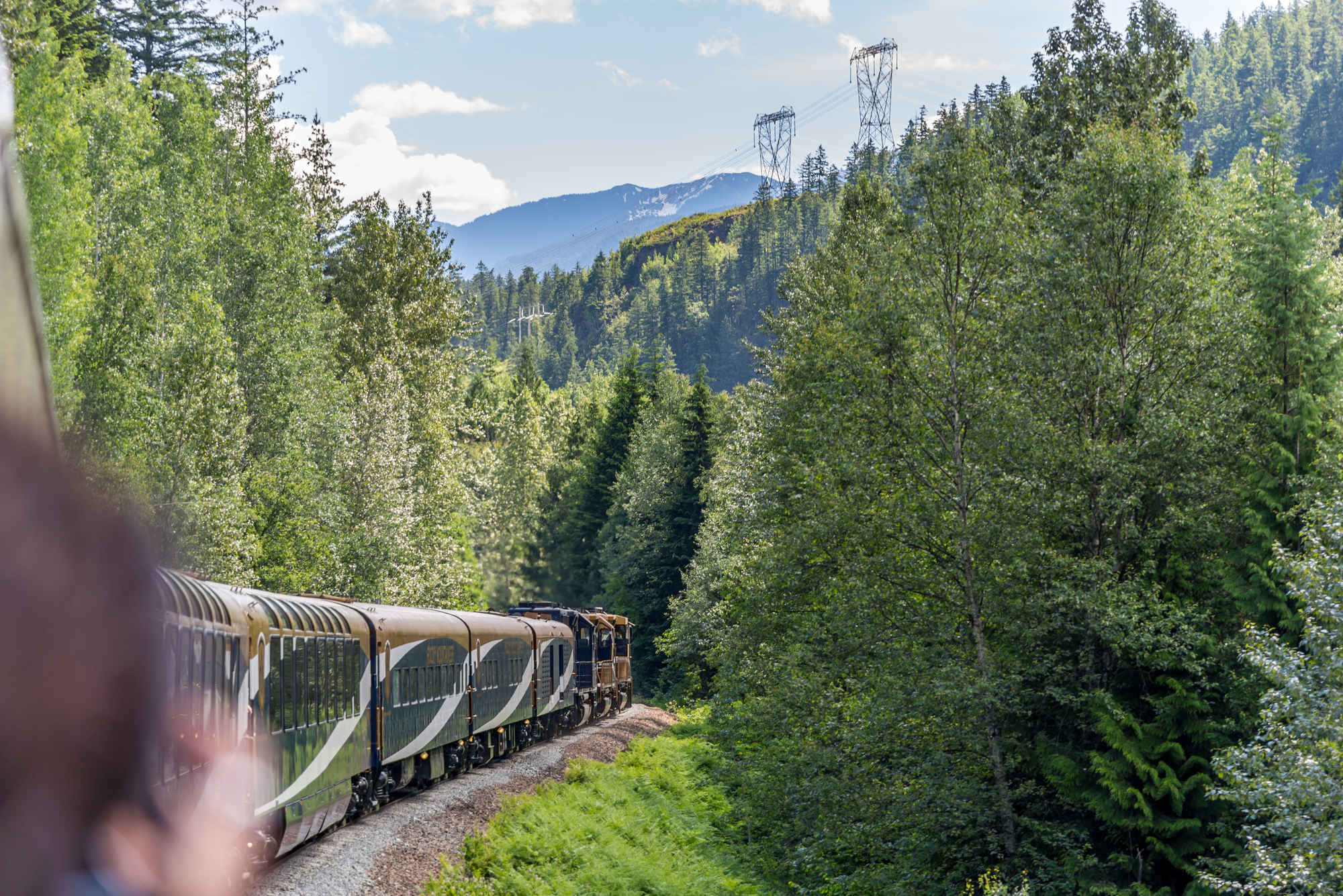
Canada’s luxury train service through the Canadian Rockies offers daylight-only travel that maximizes scenic viewing through glass-domed cars designed specifically for landscape appreciation. The route passes through mountain wilderness where grizzly bears fish for salmon in crystal-clear streams while eagles soar overhead against backdrops of snow-capped peaks.
Passengers travel through regions where indigenous peoples lived for thousands of years before European contact, viewing landscapes that inspired Canadian national identity. The train’s unhurried pace allows wildlife spotting opportunities that speeding cars would miss, with frequent sightings of elk, bighorn sheep, and black bears in their natural habitat.
Like Travel Pug’s content? Follow us on MSN.
Copper Canyon Railway
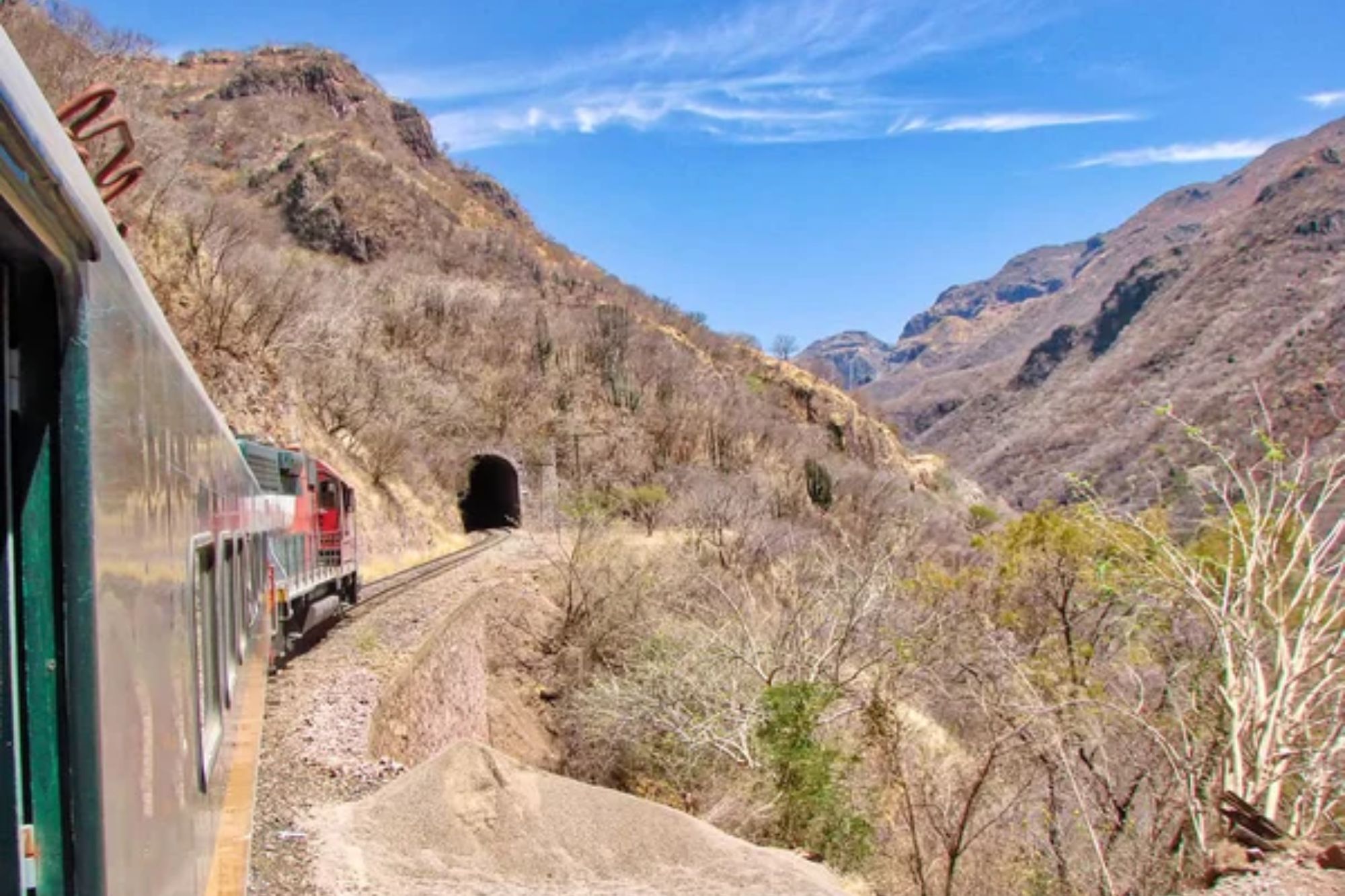
Mexico’s Chihuahua Pacific Railway descends into canyons deeper than the Grand Canyon while passing through territory inhabited by the Tarahumara people, who maintain traditional lifestyles in remote mountain communities. The train navigates 37 bridges and 86 tunnels carved through landscape so rugged that road construction remains impossible across much of the route.
Passengers witness desert transitions into pine forests as elevation changes create dramatic ecosystem shifts within hours of travel time. The railway provides access to wilderness areas where jaguars and Mexican wolves still roam territories that have supported indigenous cultures for millennia.
White Pass and Yukon Route
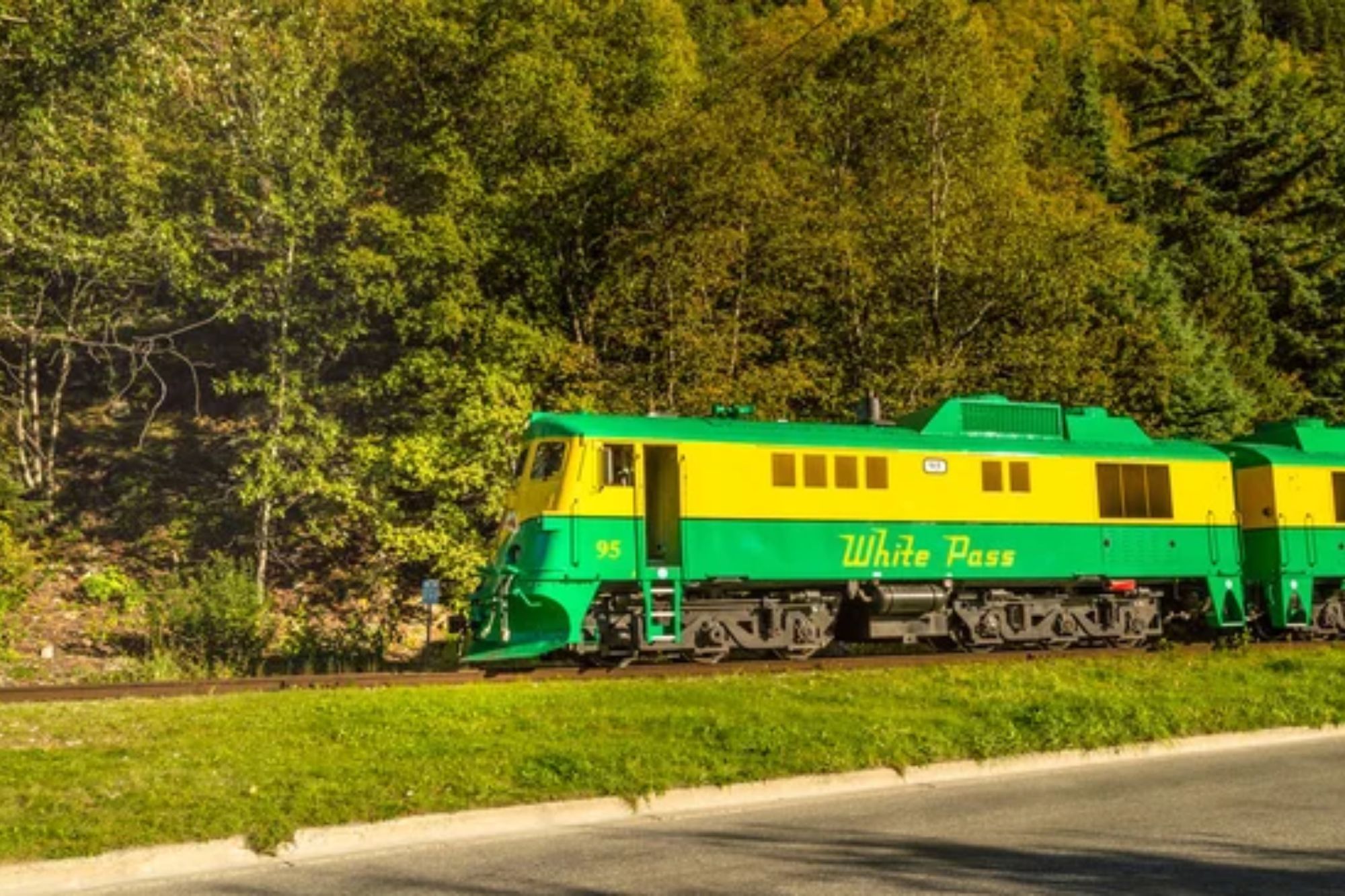
Alaska’s historic gold rush railway climbs from sea level to 2,865 feet in just 20 miles, offering dramatic views of wilderness that challenged prospectors during the Klondike Gold Rush. The narrow-gauge train clings to mountainsides while crossing gorges that drop hundreds of feet into valleys carpeted with virgin forests.
Passengers follow the same route that thousands of gold seekers traveled over a century ago, viewing landscapes that remain as wild and challenging today as it was during the 1890s. The railway operates vintage cars that enhance the historical experience while providing modern safety features for traversing terrain that claimed countless lives during the gold rush era.
Flam Railway
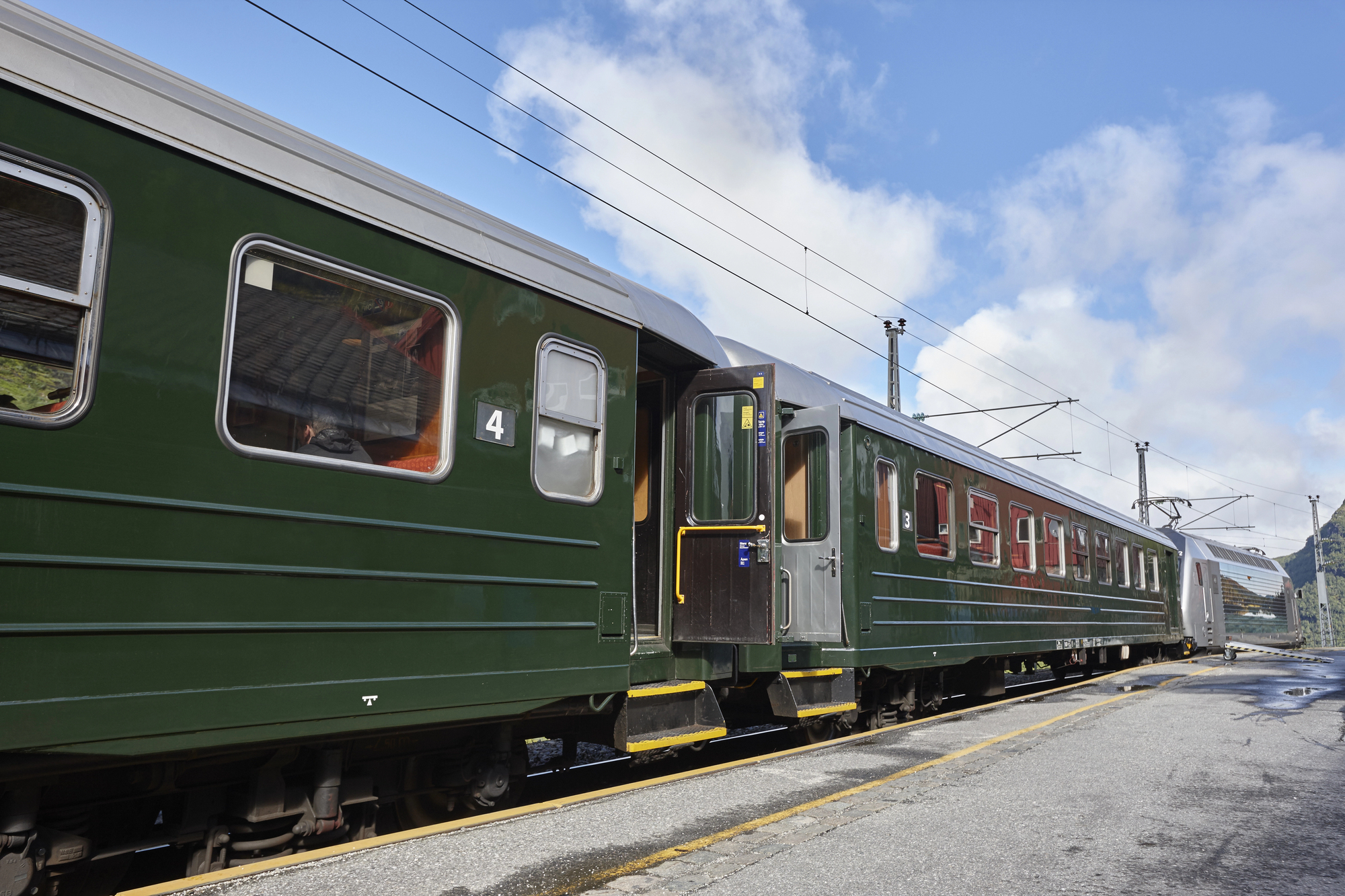
Norway’s engineering marvel descends 2,841 feet in 12 miles through wilderness valleys where waterfalls plunge directly onto the tracks during spring snowmelt. The train passes through a landscape so dramatic that passengers often mistake the scenery for cinematic set design.
Ancient farms cling to impossibly steep mountainsides where generations of farmers have maintained traditional lifestyles despite the challenging terrain. The railway’s multiple stops allow passengers to experience the silence of the Norwegian wilderness broken only by cascading water and mountain winds.
Like Travel Pug’s content? Follow us on MSN.
Kandy to Ella Railway
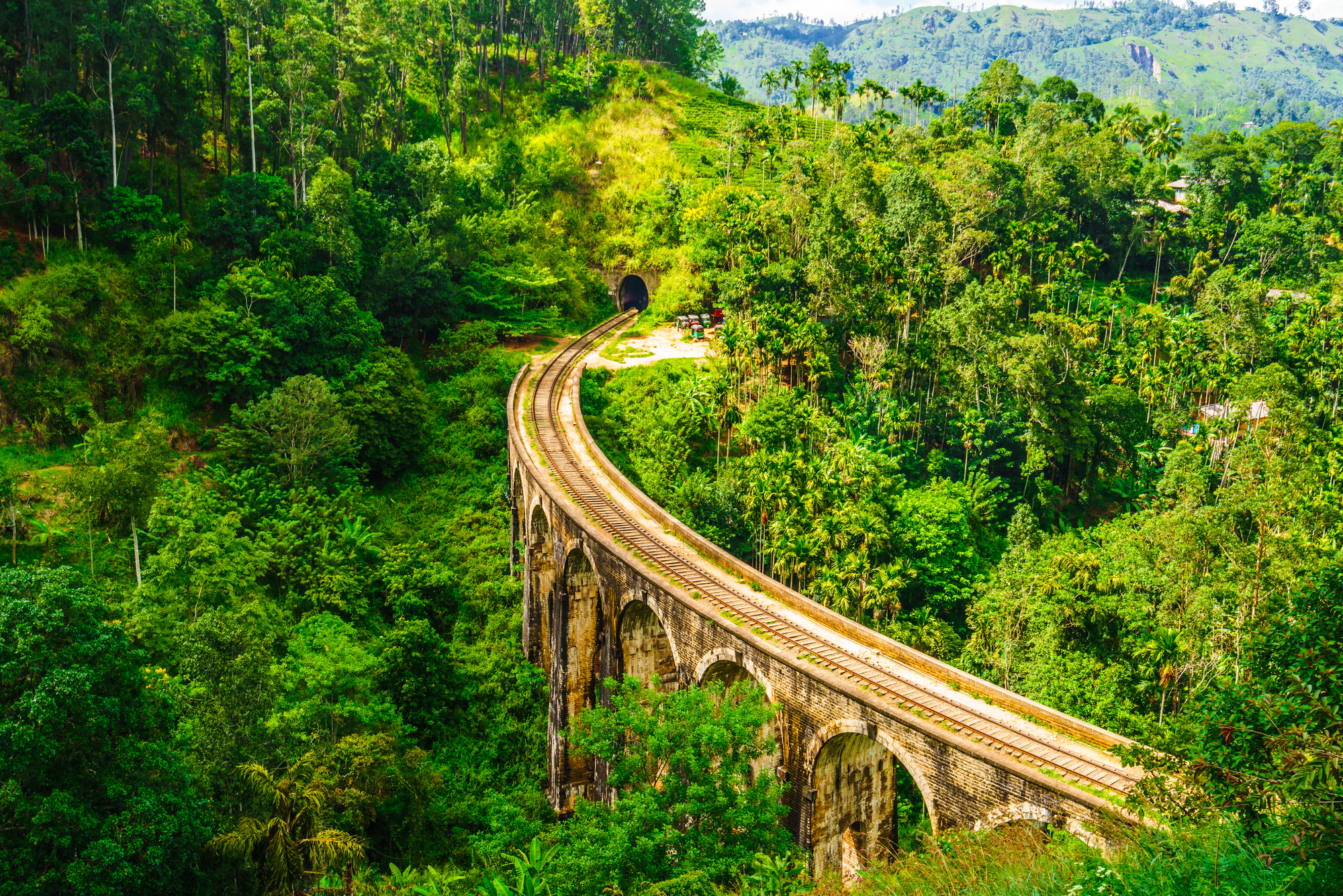
Sri Lanka’s hill country train winds through tea plantations and cloud forests where leopards and elephants still roam despite centuries of human habitation. The railway passes through wilderness areas where endemic species found nowhere else on Earth thrive in ecosystems that range from tropical lowlands to temperate highlands.
Passengers witness traditional village life continuing much as it has for generations, with farmers working terraced fields carved into mountainsides centuries ago. The train’s open doors and windows provide intimate connections with landscapes where monsoon rains create temporary waterfalls that cascade alongside the tracks.
Bernina Express
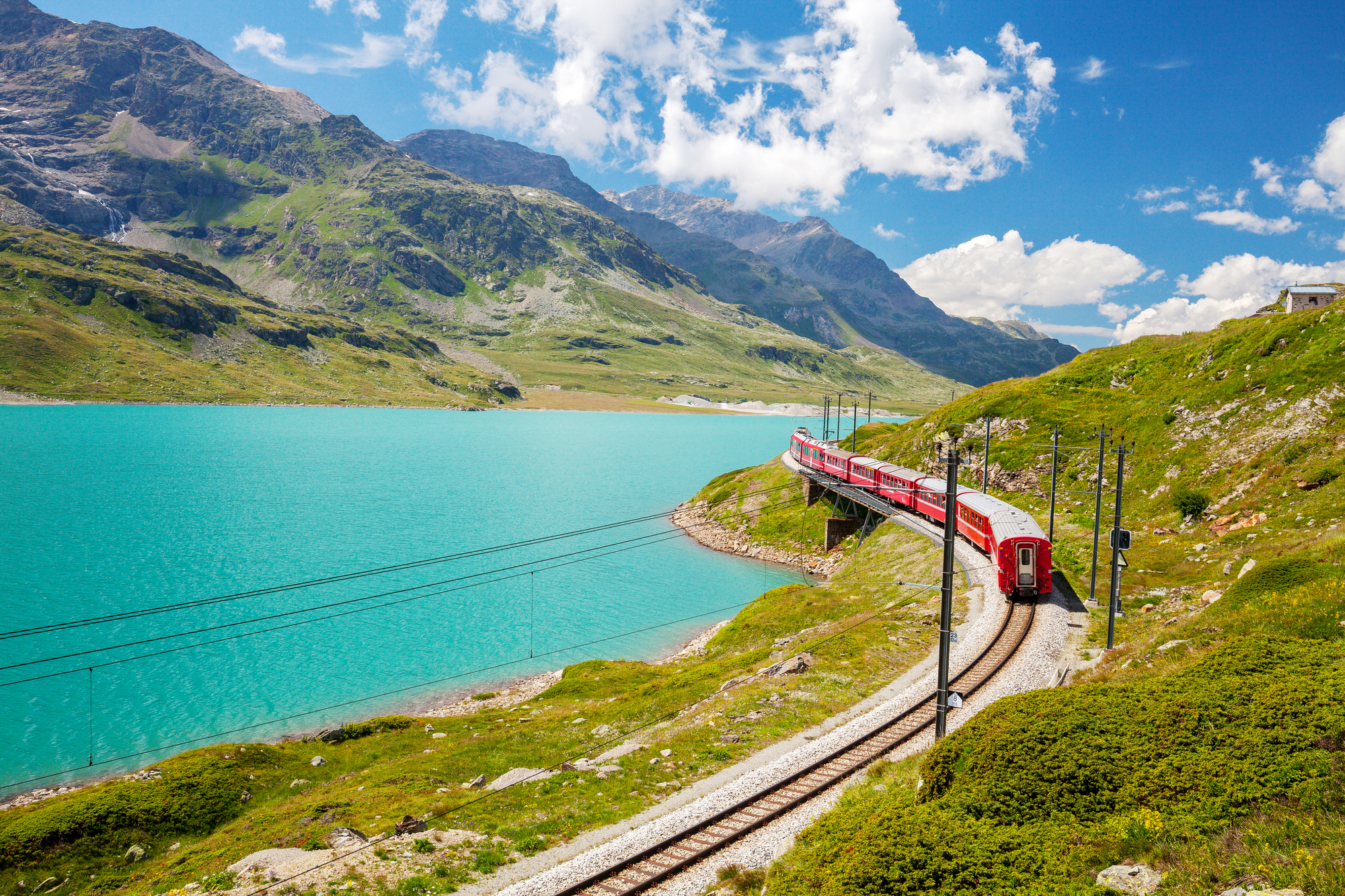
Switzerland’s UNESCO World Heritage railway climbs to 7,392 feet while crossing wilderness areas where ibex and golden eagles inhabit landscapes shaped by glacial action over millions of years. The train navigates 196 bridges and 55 tunnels through terrain so challenging that road construction would be prohibitively expensive and environmentally destructive.
Passengers witness pristine Alpine ecosystems where rare plants and animals survive in conditions that have remained largely unchanged since the last ice age. The railway’s panoramic windows provide unobstructed views of glaciers and peaks that represent some of Europe’s last truly wild mountain wilderness.
Ghan Railway
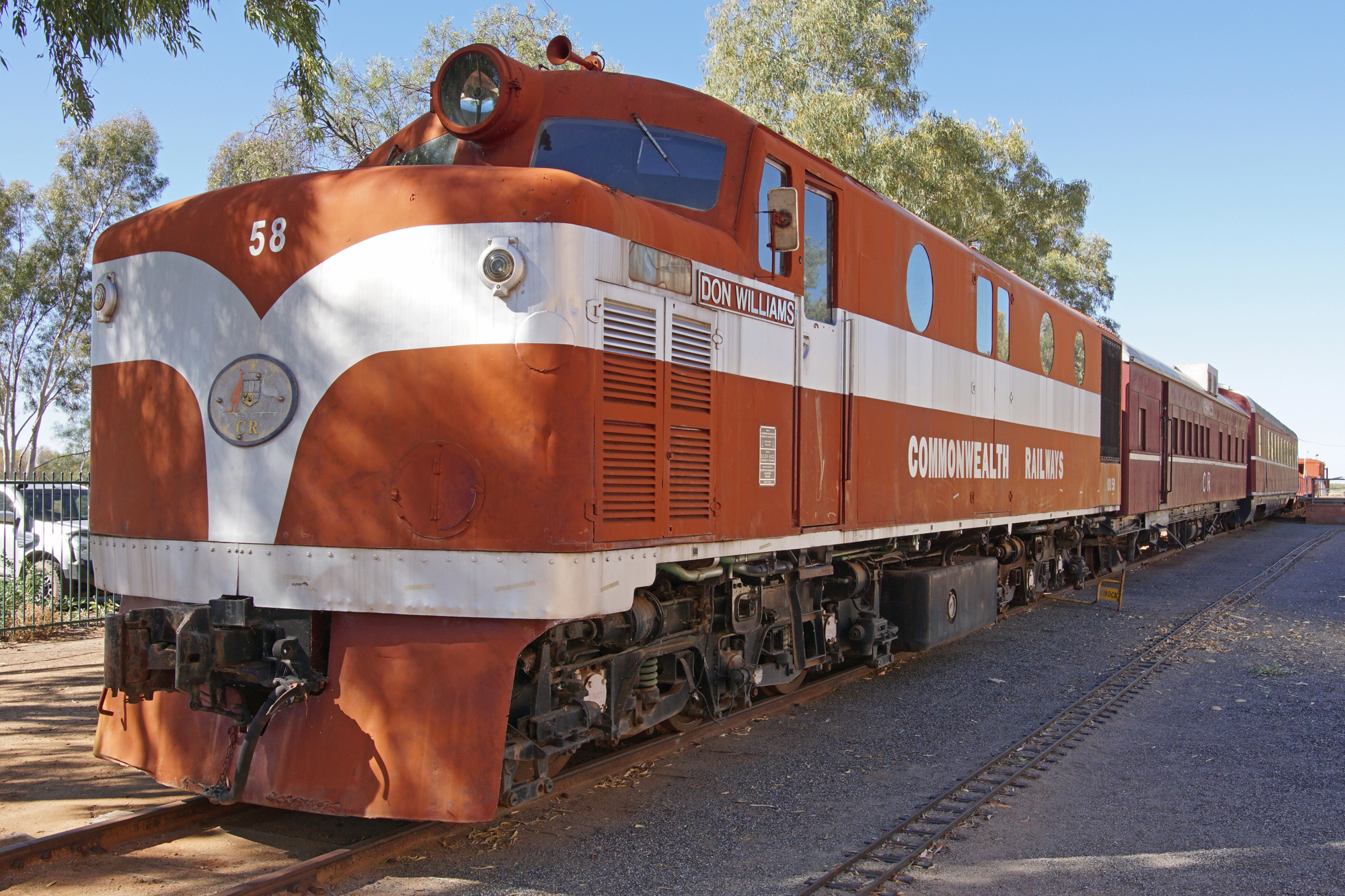
Australia’s legendary train crosses 1,851 miles of Outback wilderness where passengers can travel for hours without seeing any signs of human habitation beyond the railway itself. The train passes through desert landscapes where Aboriginal peoples maintained traditional lifestyles for over 40,000 years before European contact, viewing the country that remains sacred to indigenous cultures.
Passengers witness sunrise and sunset over horizons that stretch endlessly in every direction, experiencing the profound silence and vastness that defines the Australian interior.
Like Travel Pug’s content? Follow us on MSN.
Glacier Express
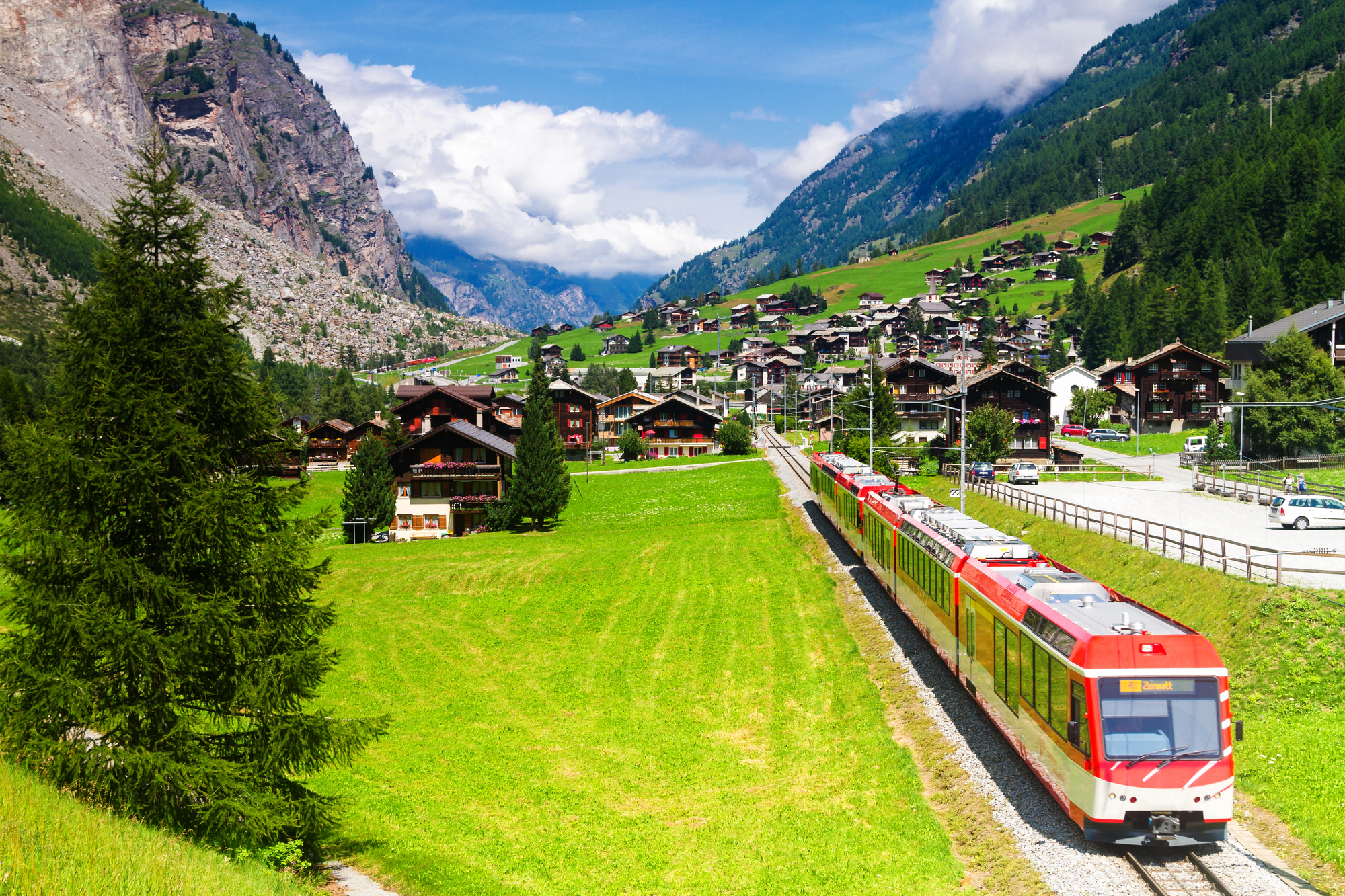
Switzerland’s alpine railway connects mountain resorts through wilderness areas where chamois and marmots inhabit landscapes above the tree line. The eight-hour journey crosses 291 bridges while passing through territory where traditional mountain farming continues in valleys surrounded by pristine wilderness.
Passengers witness seasonal changes that transform the same landscapes from snow-covered winter wonderlands to flower-filled summer meadows within months. The train’s slow pace allows wildlife observation opportunities that faster transportation would miss, with frequent sightings of alpine birds and mammals in their natural mountain habitat.
Indian Pacific Railway
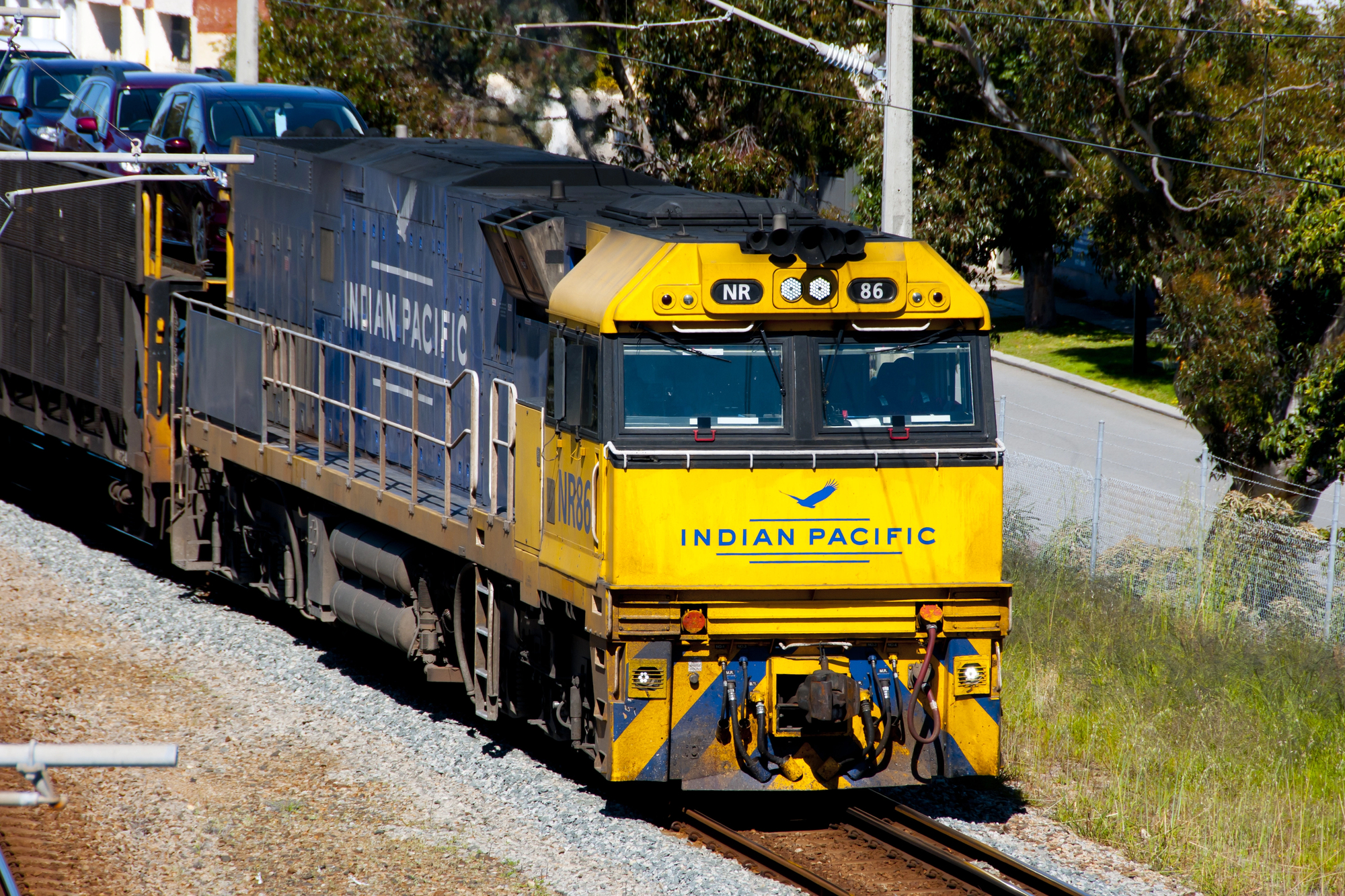
Australia’s transcontinental train crosses the Nullarbor Plain through 300 miles of wilderness where the tracks run perfectly straight across a landscape that has remained unchanged for millions of years. Passengers experience the profound isolation of the Australian interior while viewing desert ecosystems where rare plants and animals survive extreme conditions.
The railway passes through territory where Aboriginal peoples maintained traditional lifestyles despite the harsh environment, demonstrating human adaptability to challenging wilderness conditions.
Andean Explorer
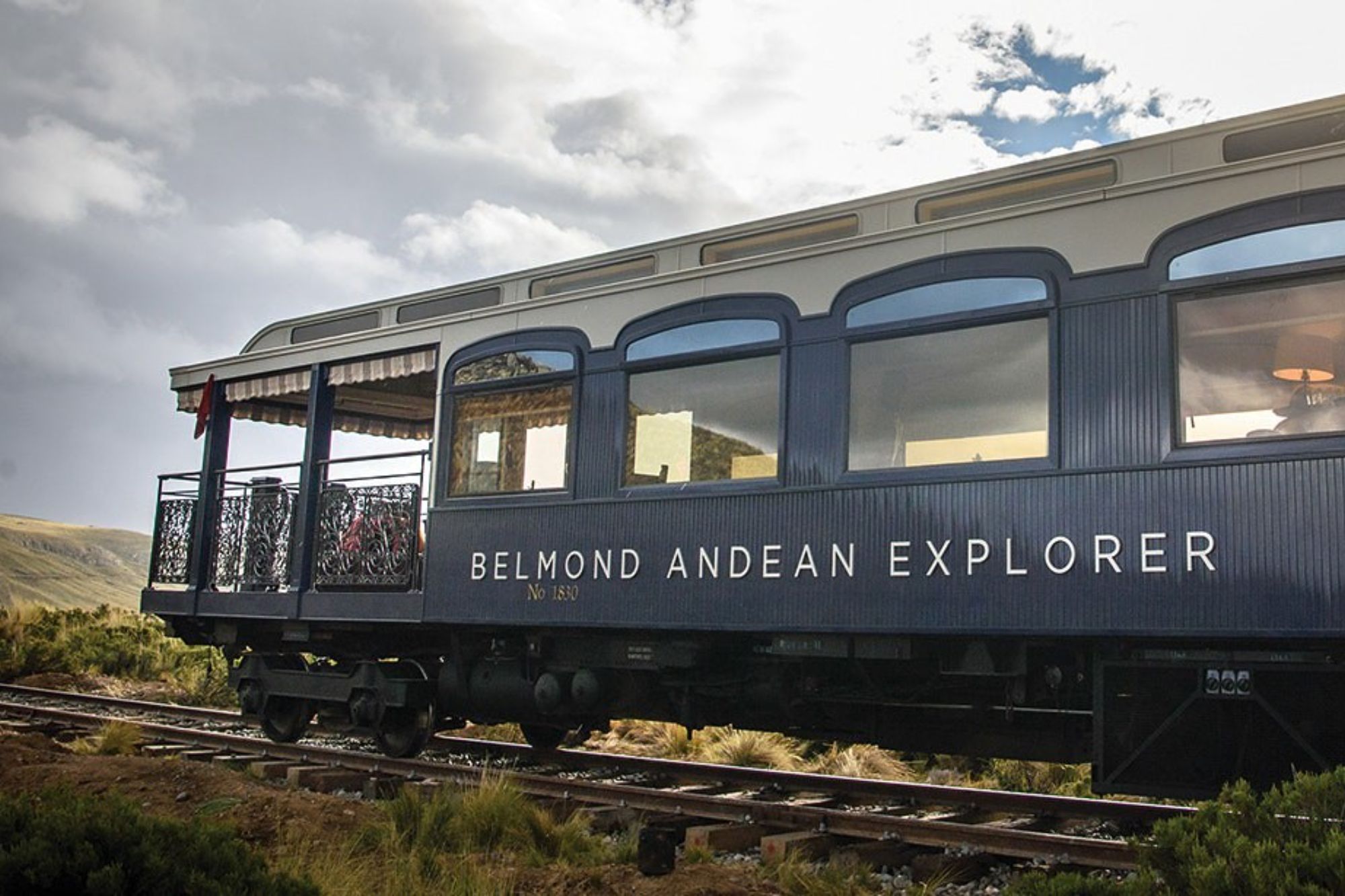
Peru’s luxury train climbs to 14,100 feet while crossing high-altitude wilderness where vicuñas and Andean condors inhabit landscapes that challenge human survival. The railway passes through territory inhabited by indigenous communities who maintain traditional lifestyles at altitudes that would incapacitate most lowland dwellers.
Passengers witness Lake Titicaca and the surrounding wetlands that support unique ecosystems found nowhere else on Earth, viewing wilderness that has sustained human cultures for thousands of years.
Like Travel Pug’s content? Follow us on MSN.
Via Rail’s Ocean
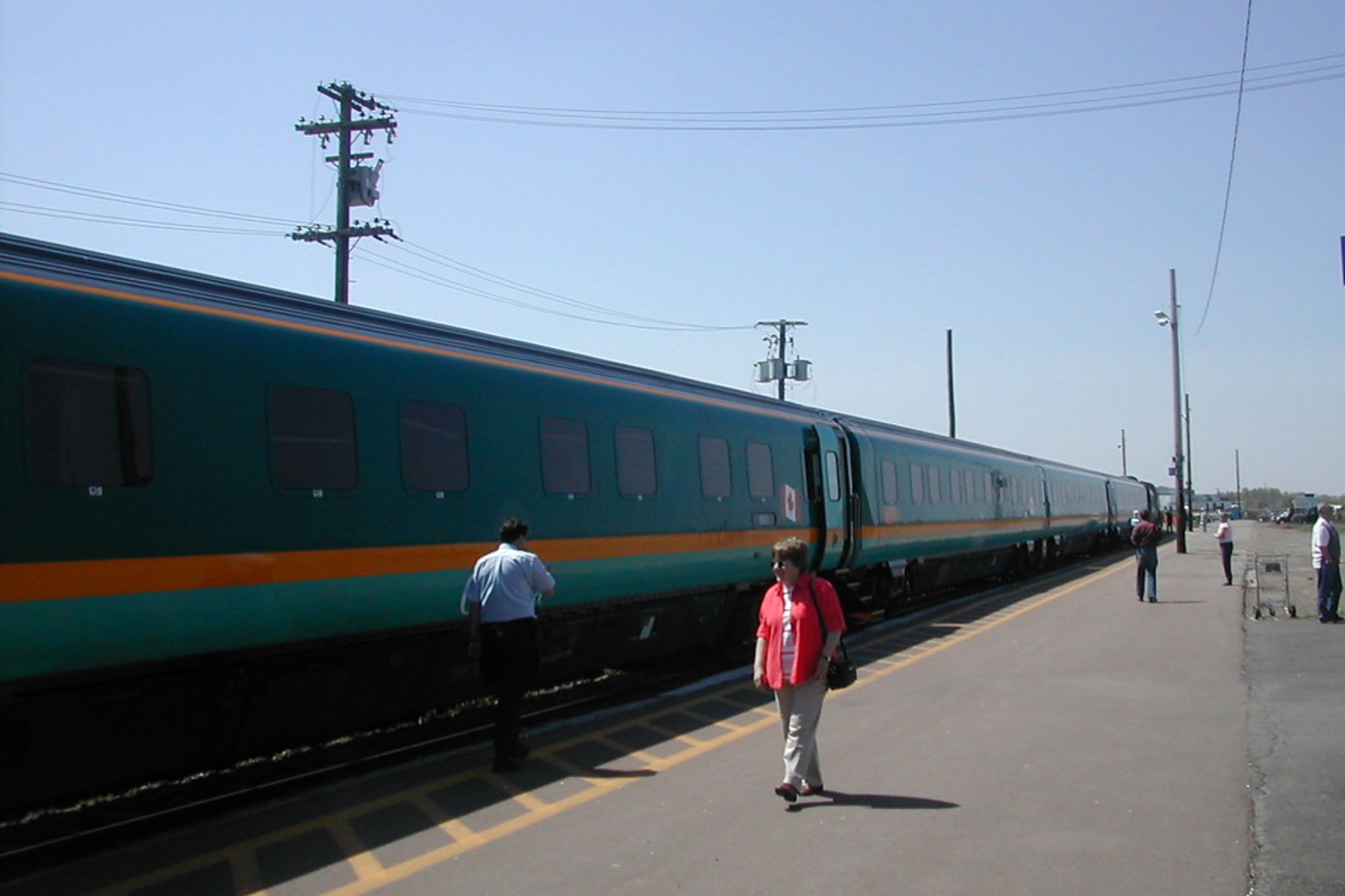
Canada’s Maritime train crosses wilderness areas of New Brunswick, where moose and black bears roam forests that have regenerated since 19th-century logging operations. The railway passes through territory where Acadian and Mi’kmaq cultures maintained traditional relationships with forest ecosystems for centuries.
Passengers witness tidal bores and coastal wilderness that supports diverse bird populations during seasonal migrations. The train’s route follows river valleys through forests where old-growth sections survive as reminders of the region’s pre-industrial wilderness character.
Durango and Silverton Railway
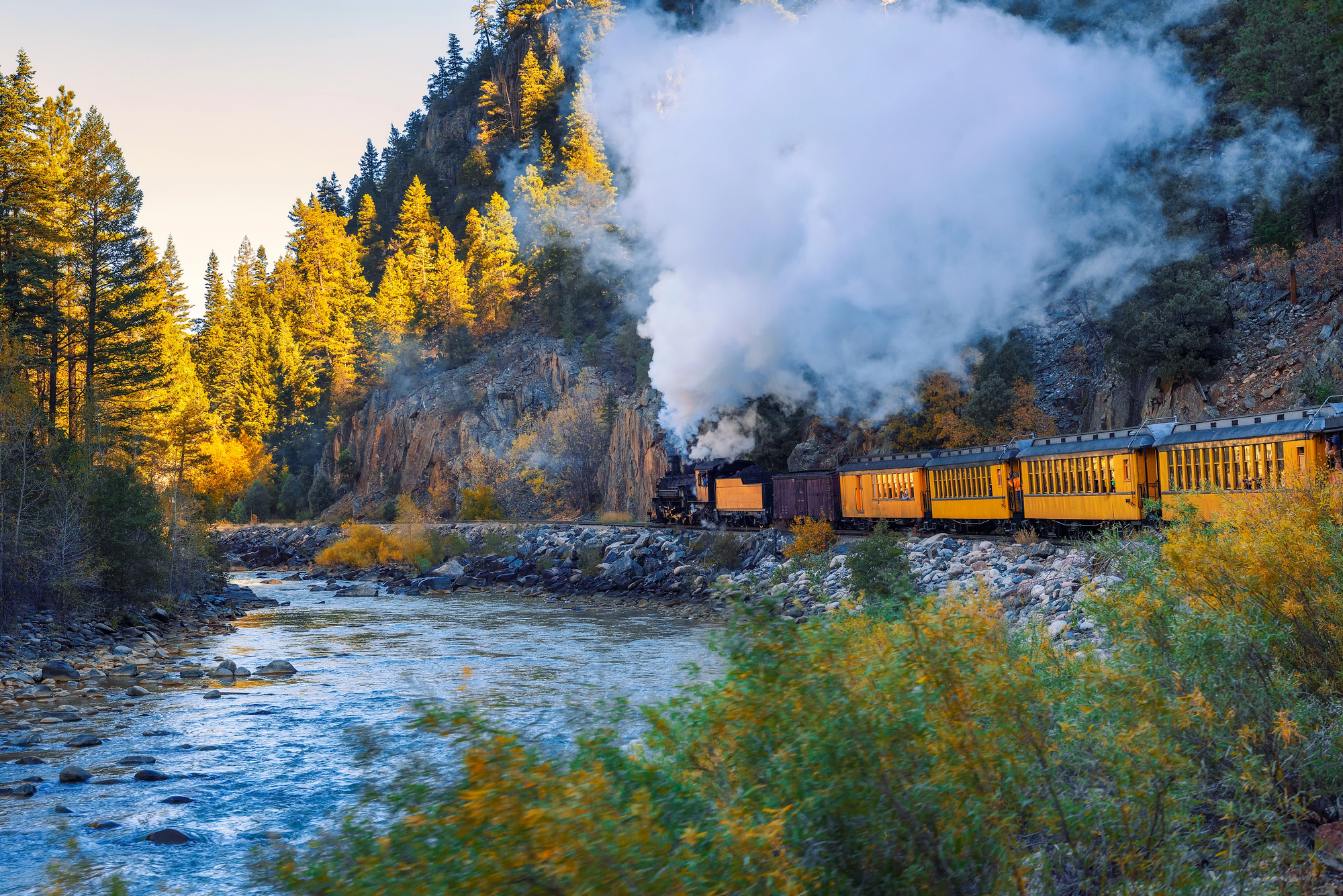
Colorado’s narrow-gauge railway climbs through wilderness canyons where black bears and elk inhabit forests that have remained largely unchanged since mining operations ceased decades ago. The steam-powered train follows routes carved through terrain so rugged that modern road construction would be environmentally destructive and economically prohibitive.
Passengers witness high-altitude wilderness where wildflower meadows and aspen groves create seasonal displays that attract photographers from around the world. The railway’s vintage cars enhance the experience of traveling through a landscape that challenged 19th-century miners and continues to intimidate modern visitors.
Eastern and Oriental Express
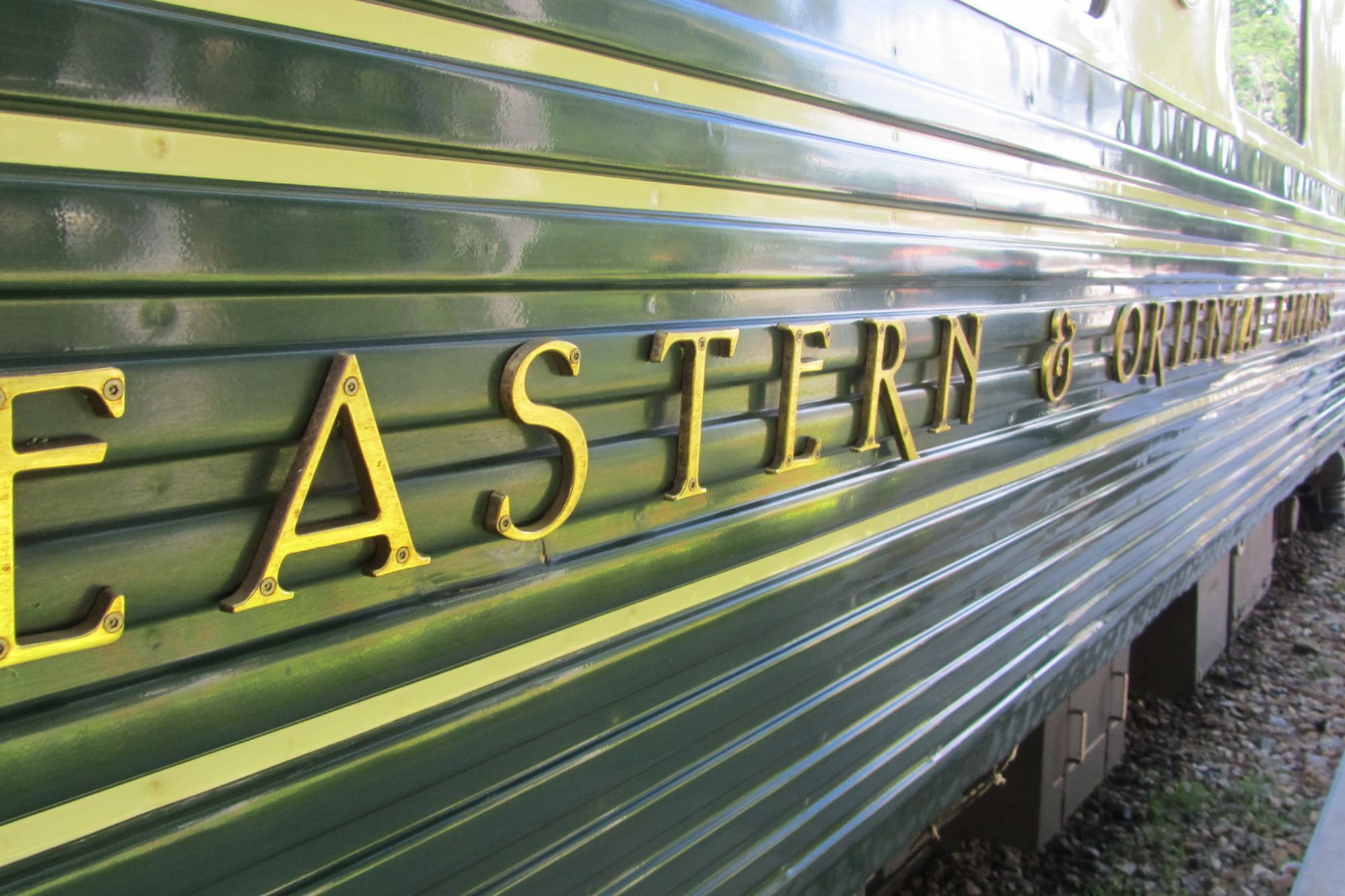
Southeast Asia’s luxury train crosses wilderness areas where tigers and elephants still inhabit forests despite centuries of human pressure on natural habitats. The railway passes through territory where traditional villages maintain agricultural practices that have sustained human populations while preserving wildlife corridors.
Passengers witness landscape transitions from tropical lowlands to temperate highlands where endemic species thrive in ecosystems found nowhere else on Earth. The train’s elegant dining cars provide comfortable viewing platforms for observing wildlife that emerges during dawn and dusk feeding periods.
Like Travel Pug’s content? Follow us on MSN.
Cumbres and Toltec Railway
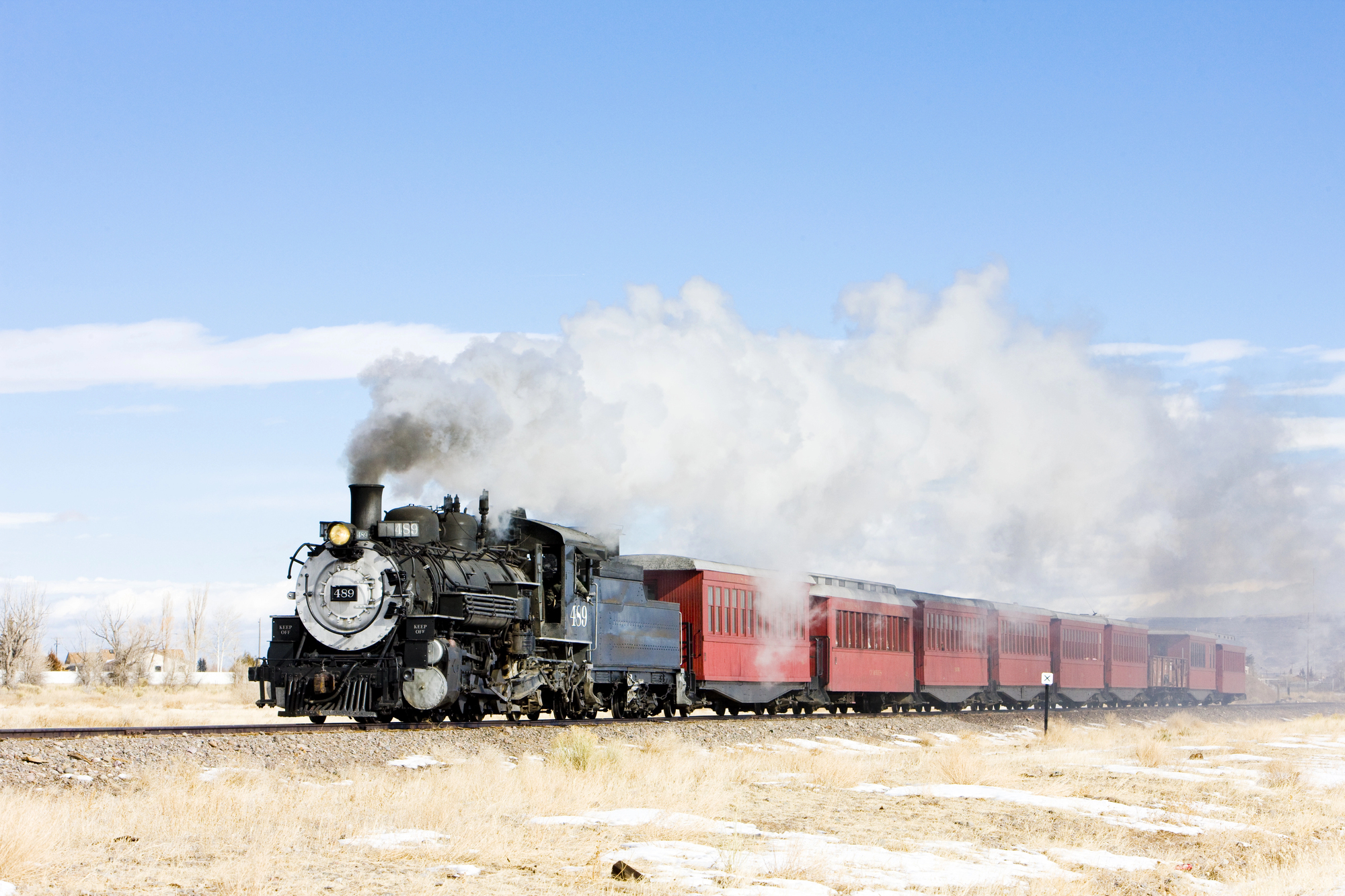
Colorado and New Mexico’s narrow-gauge railway climbs to 10,015 feet through wilderness areas where elk and bighorn sheep inhabit landscapes above the tree line. The steam train navigates terrain so challenging that the railway required extensive engineering to overcome grades and curves that pushed 19th-century technology to its limits.
Passengers witness high-altitude desert wilderness where ancient volcanic activity created landscapes that appear almost extraterrestrial in their stark beauty. The railway’s coal-fired locomotives add authentic sounds and smells that enhance the experience of traveling through wilderness that has changed little since construction completion.
Royal Scotsman
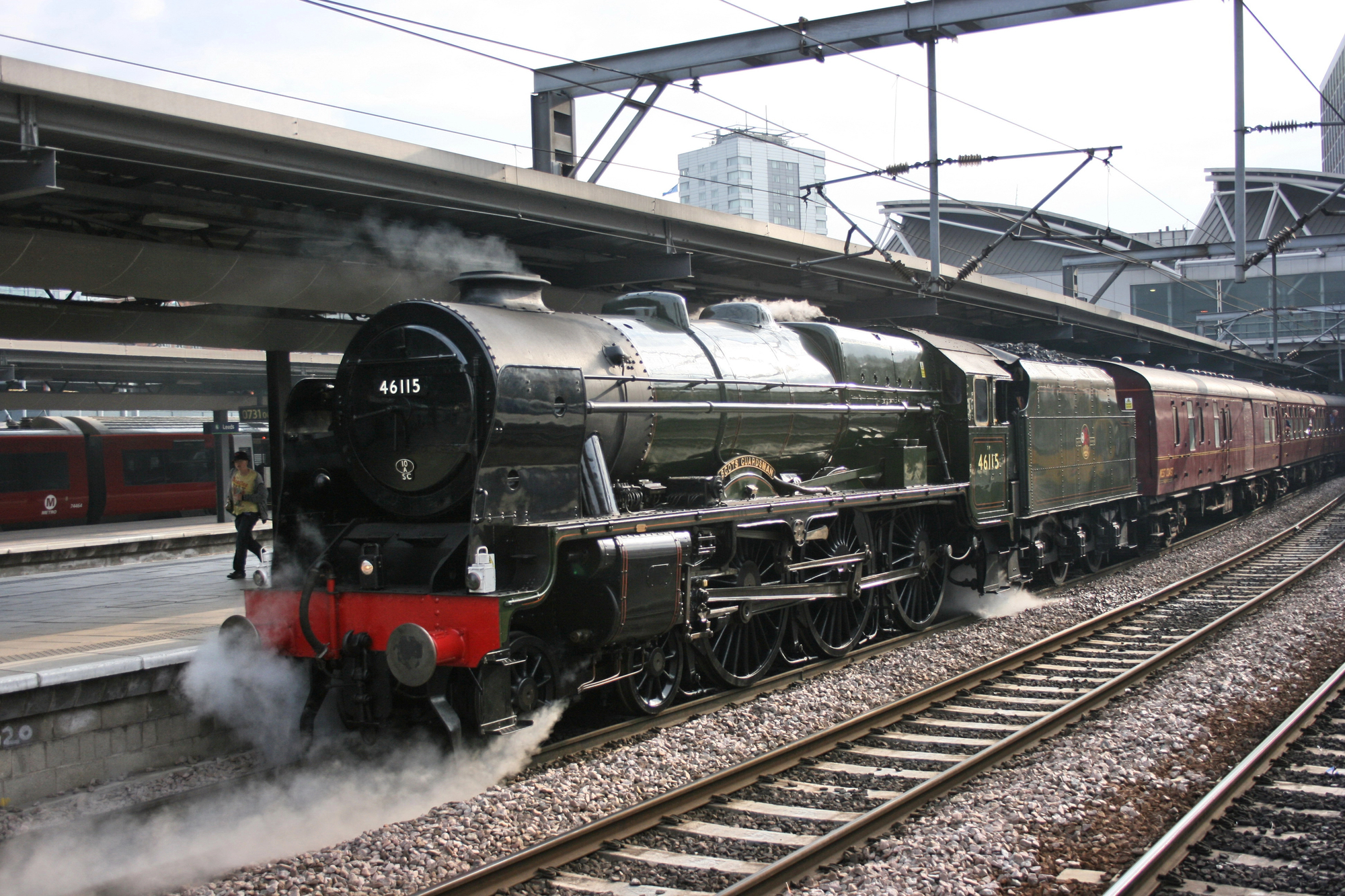
Scotland’s luxury train travels through Highland wilderness where red deer and golden eagles inhabit landscapes that inspired romantic literature and continue attracting visitors seeking authentic wilderness experiences. The railway passes through territory where clan cultures maintained traditional lifestyles in harmony with challenging mountain environments for centuries.
Passengers witness lochs and moors that represent some of Europe’s last truly wild landscapes, viewing scenery that remains largely unchanged since medieval times. The train’s elegant accommodations provide comfortable bases for experiencing wilderness that challenged even hardy Highland peoples throughout history.
Spirit of Queensland
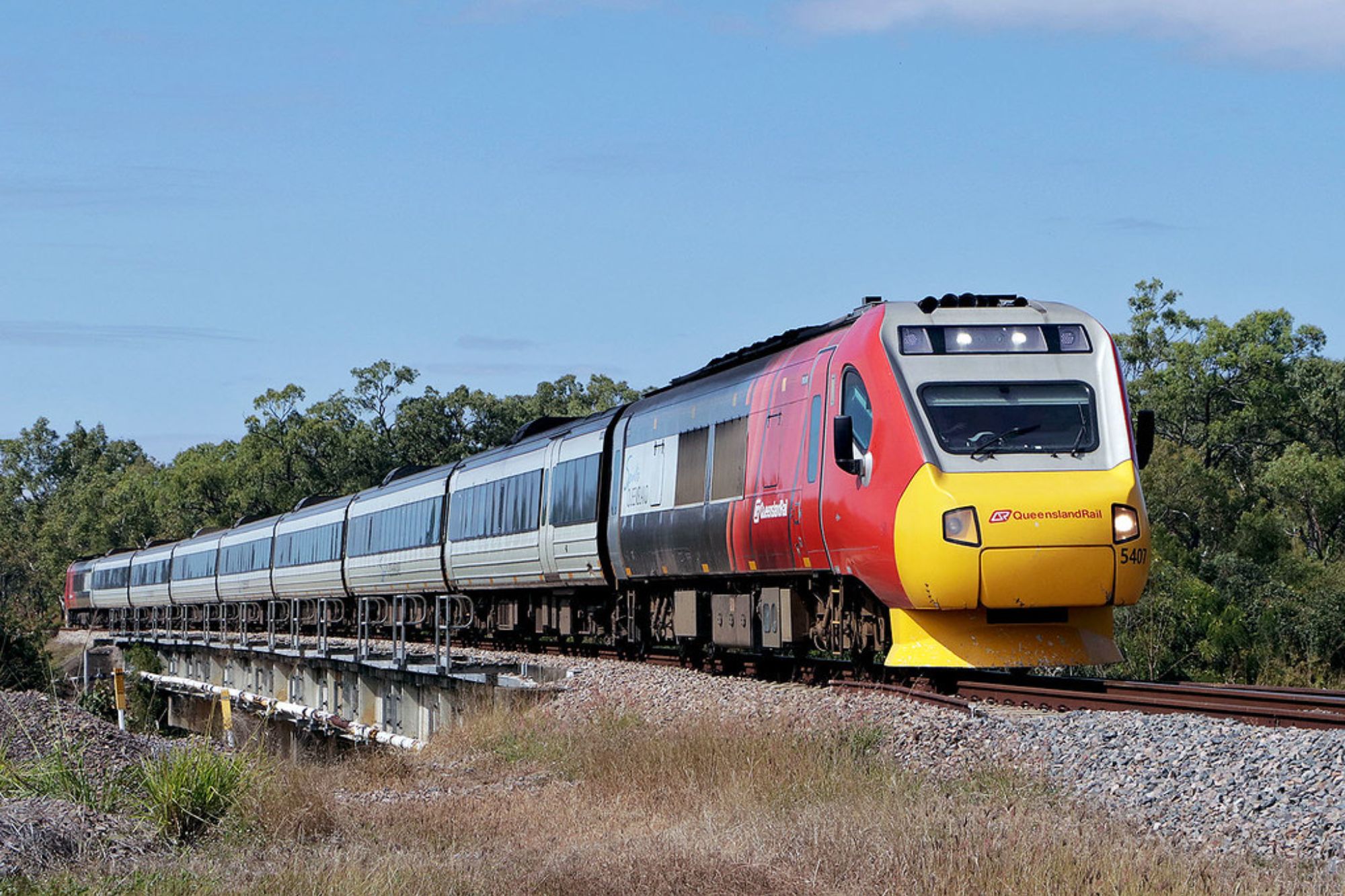
Australia’s modern train travels through wilderness areas where crocodiles and cassowaries inhabit tropical ecosystems that have remained largely unchanged for millions of years. The railway passes through territory where Aboriginal peoples maintained traditional relationships with rainforest environments that support incredible biodiversity.
Passengers witness landscape transitions from temperate farmland to tropical wilderness, where World Heritage rainforests preserve ancient ecosystems. The train’s large windows provide excellent viewing opportunities for spotting wildlife that emerges during dawn and dusk periods when animal activity peaks.
Like Travel Pug’s content? Follow us on MSN.
Maharajas’ Express
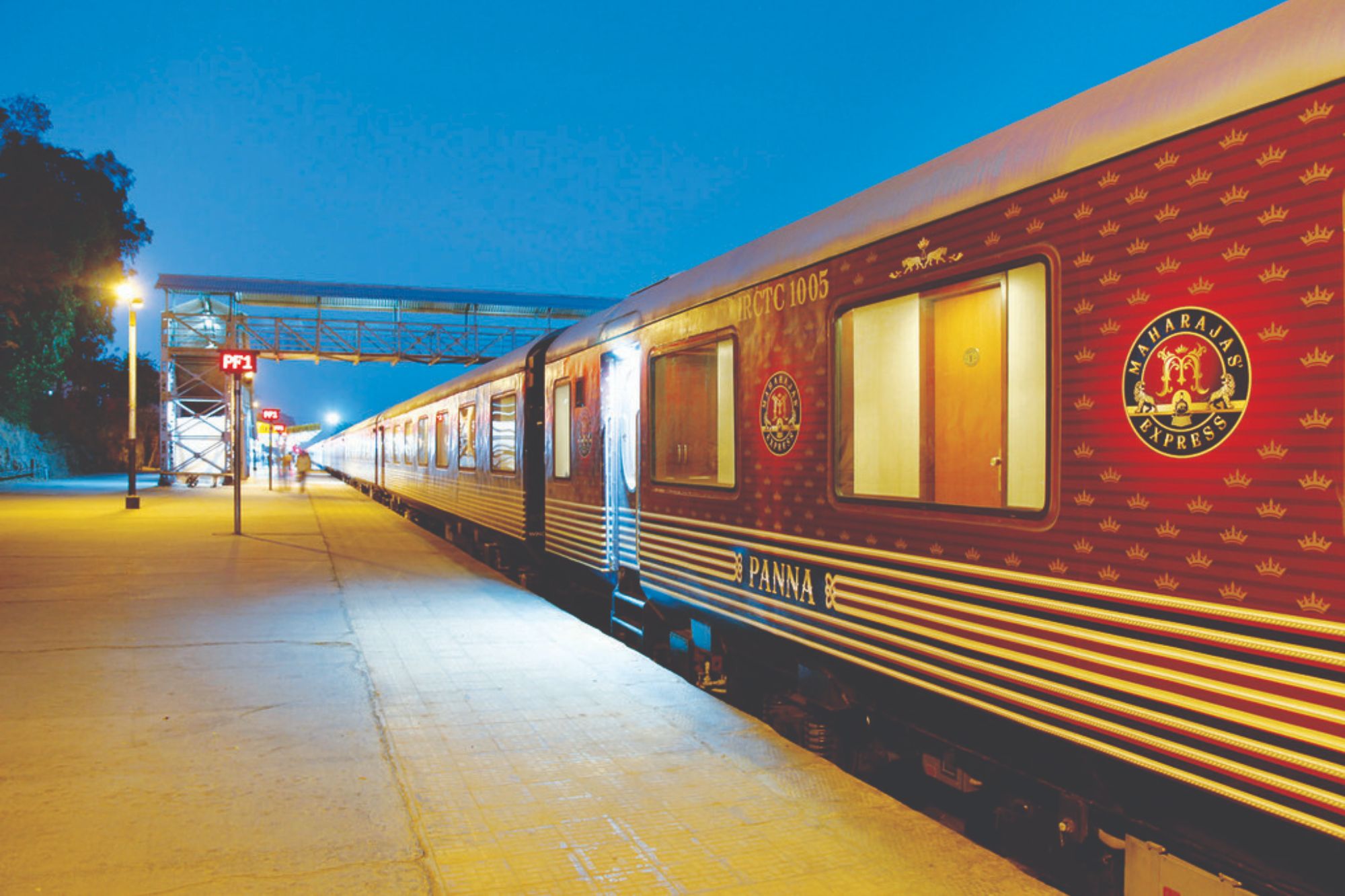
India’s luxury train crosses wilderness areas where tigers and elephants inhabit protected reserves that represent successful conservation efforts in densely populated regions. The railway passes through territory where traditional villages maintain agricultural practices that have coexisted with wildlife for thousands of years.
Passengers witness landscape diversity that ranges from desert wilderness to tropical forests within single journeys, experiencing ecosystem changes that occur across relatively short distances.
Where Rails Meet Wilderness
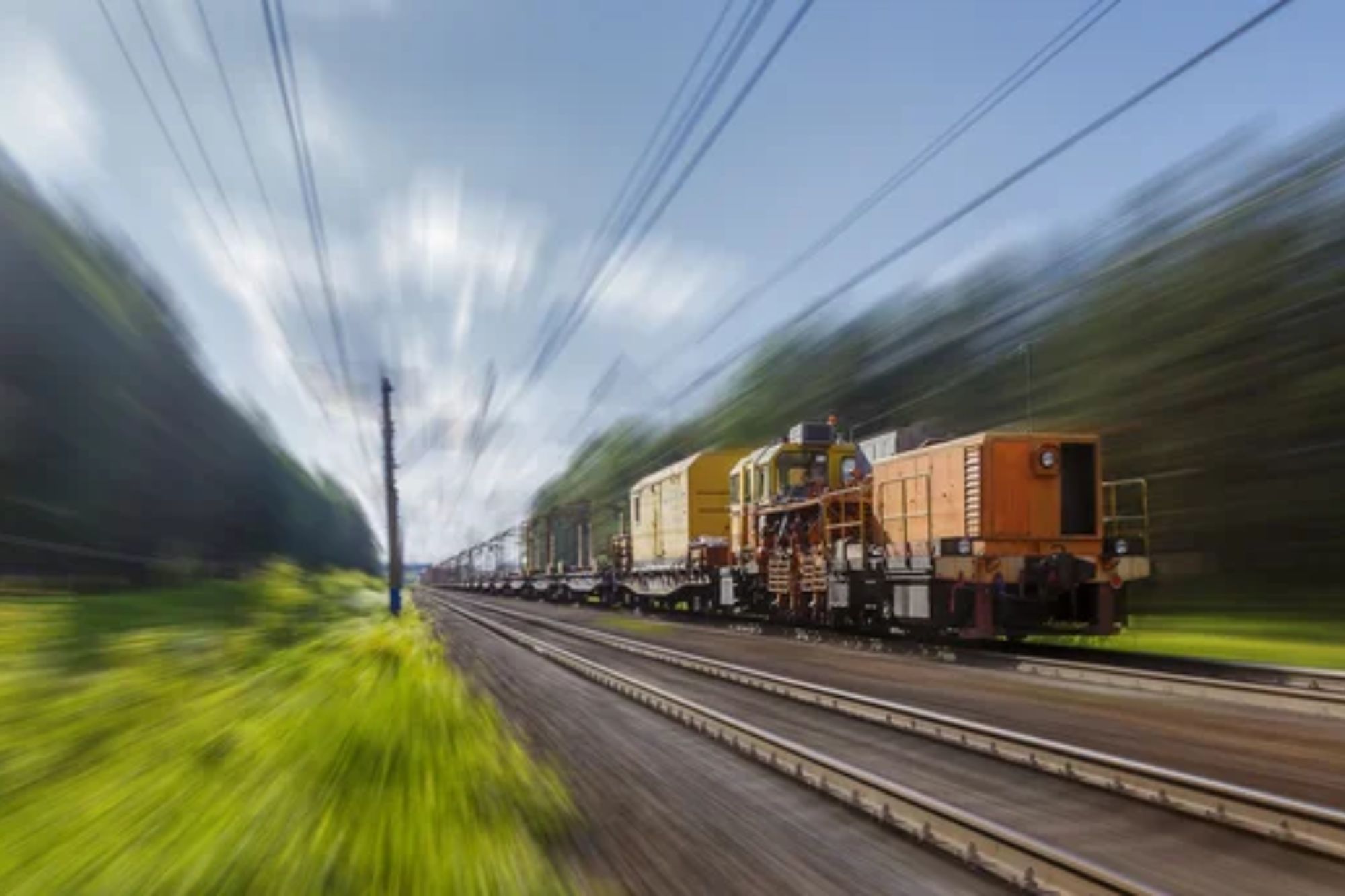
These scenic railways prove that wilderness appreciation doesn’t require extreme physical challenges, offering comfortable access to pristine environments that would otherwise remain beyond most travelers’ reach. Each journey demonstrates how thoughtful transportation infrastructure can provide wilderness experiences without damaging the very landscapes that attract visitors in the first place.
The rhythmic motion of trains creates meditative travel experiences that allow a deeper appreciation of natural beauty than faster transportation methods permit, encouraging contemplation of wilderness values that our increasingly urban world desperately needs to remember. These railways serve as bridges between civilized comfort and wild places, reminding passengers that untouched wilderness still exists for those willing to seek it out at nature’s own pace.
More from Travel Pug

- 20 Best Beach Towns in the Carolinas
- 13 Destinations Where Tourists Regularly Regret Their Trip
- 20 Destinations That Are More Magical Without an Itinerary
- 20 Underrated Adventures That Belong on Your Travel List
- 20 Cities Where You Should Just Wing It, No Planning Required
Like Travel Pug’s content? Follow us on MSN.
